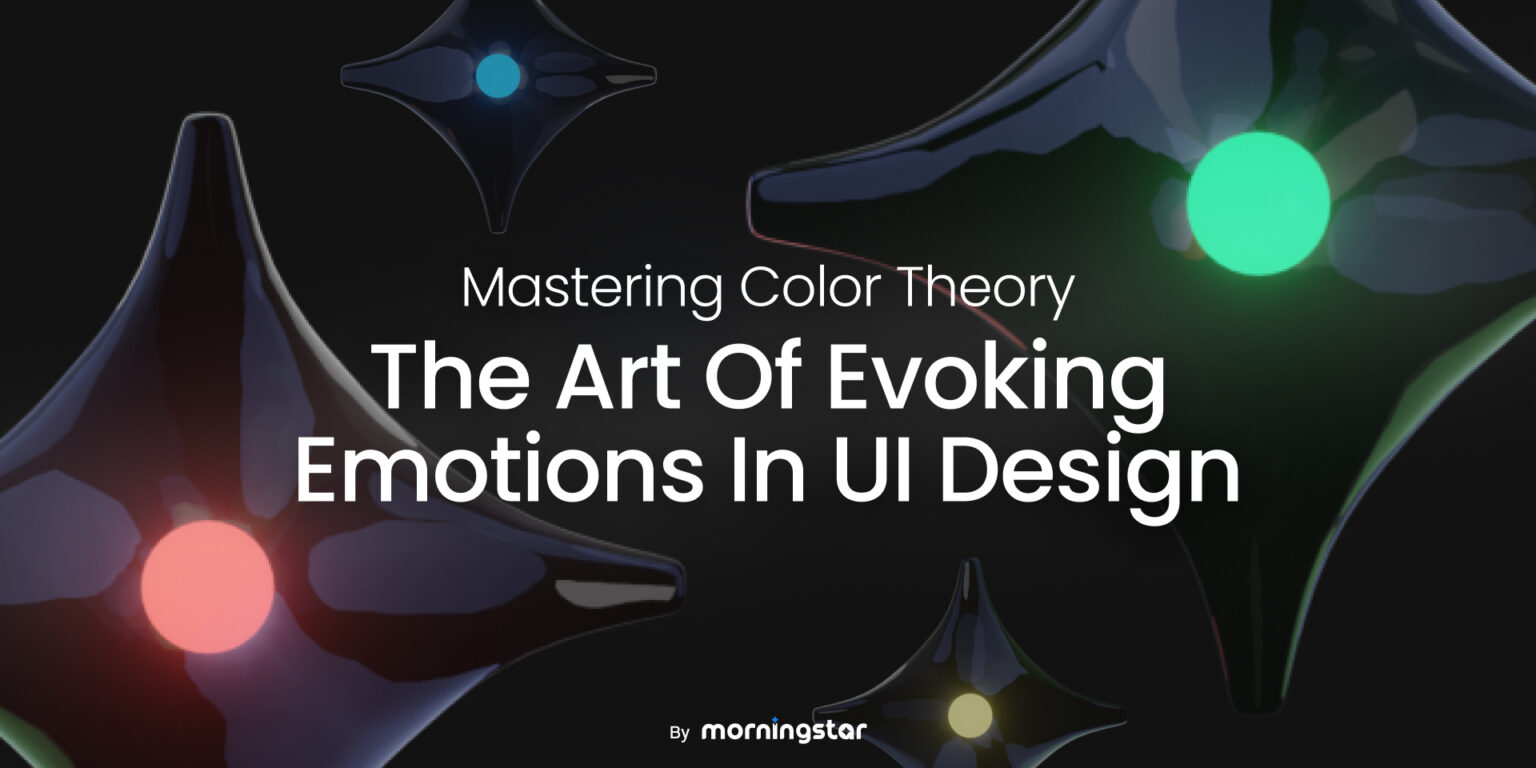The Art of Evoking Emotions in UI Design
Colors have the incredible ability to communicate emotions and feelings without words. They can evoke nostalgia, happiness, calmness, or urgency. It is more than just aesthetics; it’s a powerful tool that wields psychological influence, evokes emotions, and shapes user perception. Understanding the nuances of color theory is the key to creating interfaces that resonate with users on a deep and visceral level.
The Power of Color Schemes
Beyond individual colors, color schemes play a critical role in UI design. Harmony and balance between colors can create a pleasing visual experience. Common color schemes include:
– Complementary: Using colors from opposite sides of the color wheel, such as red and green, to create contrast and visual impact.
– Analogous: Using colors that are adjacent on the color wheel, like blue, green, and teal, to create a harmonious and calming effect.
– Triadic: Utilizing three evenly spaced colors on the color wheel to create a vibrant and balanced palette.
– Monochromatic: Sticking to variations of a single color, like different shades of blue, to create a clean and elegant look.
Examples in UI
1. Call-to-Action Buttons: The color of a “Sign Up” button can influence whether users take action or not. A vibrant, contrasting color like orange or green can encourage clicks.
2. Branding: Colors define brand identities. Think of the warm and inviting red of Coca-Cola or the bold and playful colors of Google’s logo.
3. Healthcare Apps: Calming blues and greens are often used in healthcare apps to convey a sense of trust and well-being.
4. E-commerce: Red is frequently used for sale banners and discounts to create a sense of urgency.
Applying Color Theory Wisely
While color theory offers a palette of emotions and meanings to choose from, it’s essential to use color intentionally and with empathy for your target audience. Here are some key considerations:
1. Cultural Sensitivity: Be aware of cultural differences in color symbolism. Colors can have varying meanings in different cultures.
2. Accessibility: Ensure that your color choices meet accessibility standards, making your designs inclusive for all users, including those with visual impairments.
3. Consistency: Maintain a consistent color scheme throughout your interface to establish a cohesive and memorable user experience.
4. Testing: Use user testing to evaluate the emotional impact of your color choices and adjust as needed based on user feedback.
Culture and Color | A Global Palette of Meanings
Color is a universal language, but its dialects vary across cultures. Color theory and perception, deeply rooted in cultural contexts, can take on surprising and diverse meanings as you traverse the globe. Let’s embark on a journey to explore how the rich tapestry of cultures influences the way we see and interpret colors.
The Crossroads of Perception
1. Historical Significance: Colors often hold historical significance within a culture. For example, red’s association with luck in Chinese culture can be traced back to ancient traditions.
2. Religious Beliefs: Many colors are deeply intertwined with religious beliefs. For instance, blue’s sacredness in Hinduism is reflected in the depiction of deities.
3. Social and Political Context: Political and social movements can imbue colors with new meanings. The LGBTQ+ pride flag, with its vibrant rainbow hues, is a modern example.
4. Regional Differences: Even within the same country, color meanings can vary regionally. For instance, the color white may symbolize purity in one region and mourning in another.
5. Context Matters: The context in which colors are used can also influence their interpretation. A red door may signify luck in one culture and warning in another.
Embracing Cultural Diversity in Design
In the globalized world of design, understanding cultural variations in color perception is vital. Designers must consider the cultural context of their audience to ensure their creations are sensitive and resonate effectively. This means adapting color choices, symbolism, and design elements to align with cultural norms and expectations. And remember that it’s not just colors on a screen; it’s a reflection of the kaleidoscope of cultures that make our world so beautifully diverse.
#UI #ColorTheory #EmotionalDesign #GlobalPerceptions #MorningstarDesign



